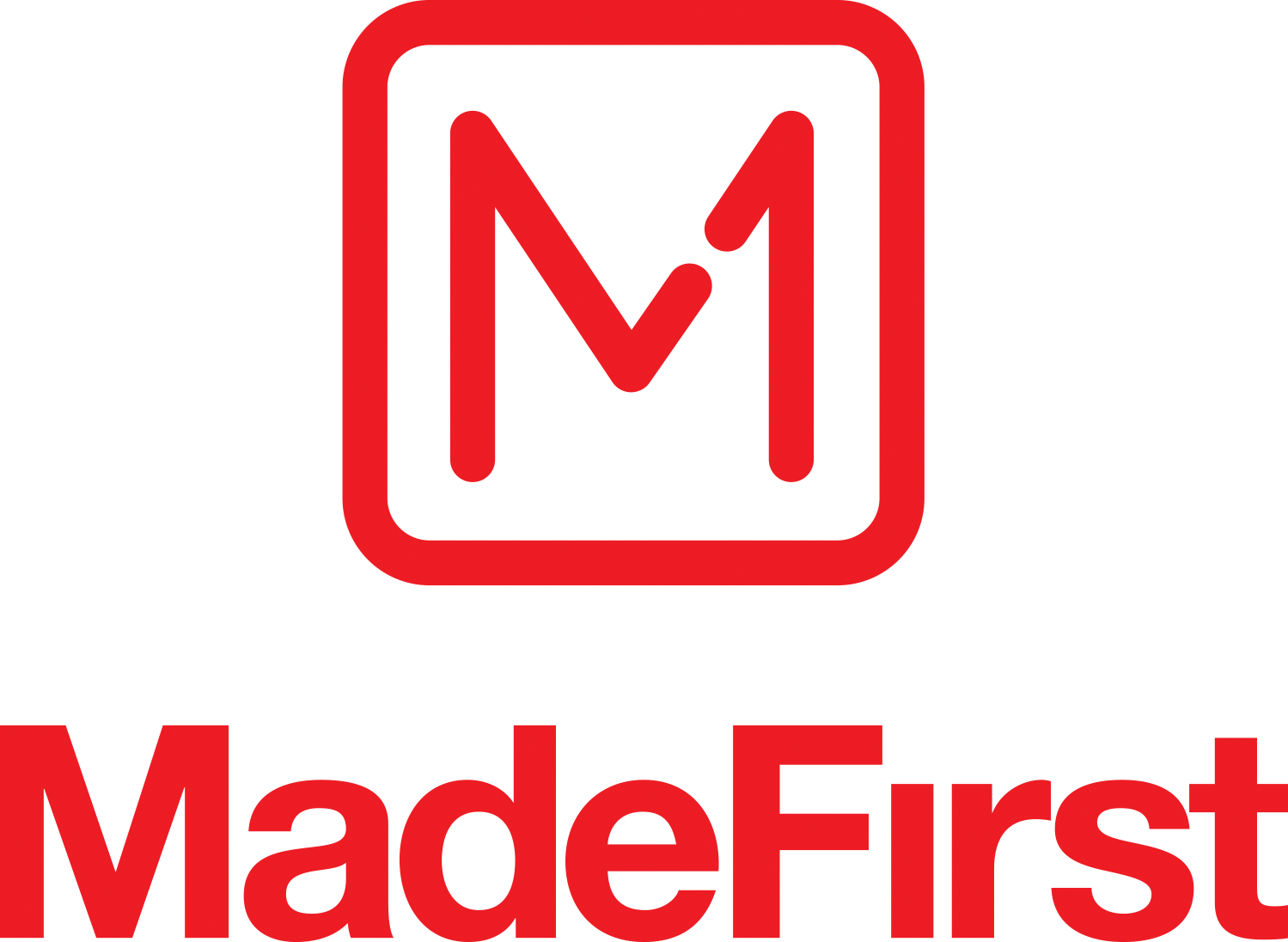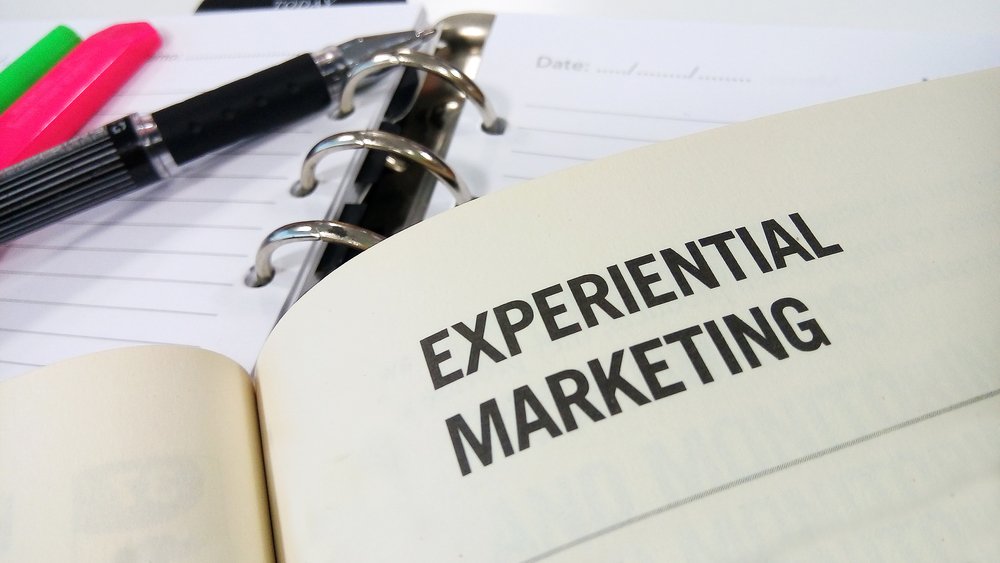It can be frustrating to put your time, money and creative energy into developing a marketing campaign, only to have it fall short of your goals. Experiential marketing is a tactic that can make your efforts more effective by engaging people in a unique, dynamic branded environment.
Read on to learn how our experienced team can help you make your next marketing campaign more memorable.
Types of Experiential Marketing
Examples of experiential marketing include live events, installations, product rollouts and trade shows. Instead of passively hearing or seeing your message, experiential marketing allows customers to form emotional connections with your brand. Encouraging people to participate in a compelling story makes them feel like they are participating in something larger than themselves – not being talked at or sold to.
Consider these five tips for successful experiential marketing.
1. Look at Your Customer Base
To ensure your campaign succeeds, start by evaluating your target audience to learn what might resonate with them. Identifying who your customers are and what they want can provide valuable information on the kinds of immersive experiences they might find exciting and worthwhile.
2. Set Goals
Marketers must have excellent goal-setting skills to define their brand’s values and culture. A worthwhile strategy is specific, measurable, attainable, realistic and time-bound. Determine what you hope to accomplish with your campaign – whether it’s promoting a product, forging new relationships or entering a new market.
3. Identify KPIs
All businesses need brand-specific objectives to inform mission-critical decisions. Before launching a campaign, describe what success looks like. Using the goals you outlined, develop your key performance indicators and find out what data you’d like to collect. Experiential marketing is an excellent way to ask your audience for feedback and get detailed information.
4. Set Your Budget
When planning your campaign, don’t forget to set a budget to ensure a return on investment. Remember, since experiential marketing is about making a splash and doing something new, it goes beyond the traditional methods you and your customers might be accustomed to.
5. Develop a Cross-Channel Marketing Plan
Experiential marketing does not have to be limited to one form of interaction. You can segment your audience to appeal to in-person attendees while still offering customers who can’t physically be there a way to engage with your brand, such as by livestreaming your event on social media. Don’t forget to create a unique, dedicated hashtag to generate online buzz.
Let’s Start Building
When you partner with MadeFirst on your next experiential marketing campaign, you’ll get a dedicated team who will work with you at every step of the way to transform your vision into reality. As one of the only fabricators with a robotic arm, we can go above and beyond to create endless possibilities.
Our expertly trained team will handle all the logistical details for a flawless event, including coordinating with vendors and ensuring on-time delivery and setup. If you’re looking to elevate your next experiential marketing campaign, contact us now to start the process.

